EPA Begins Long-Awaited Cleaning of Toxic Gowanus Canal
Environmental Protection Agency officials kicked off the dredging of the Gowanus Canal Monday, marking a new milestone in the decade-long battle to cleanse the polluted waterway.

EPA Regional Administrator Pete Lopez celebrates the launch of the Gowanus Canal Superfund dredging at the First Street waterfront esplanade on November 16. Photo by Kevin Duggan
Environmental Protection Agency officials kicked off the dredging of the Gowanus Canal Monday, marking a new milestone in the decade-long battle to cleanse the polluted waterway.
“Today we mark the official start of a historic cleanup to address a legacy of hazardous waste and urban pollution that dates back to the 1800s,” said EPA Regional Administrator Pete Lopez on November 16.
The environmental gurus and elected officials celebrated the launch of the canal dredging at the Gowanus waterfront esplanade near 1st and Bond streets — watching along as an excavator heaved the noxious black sediment into a container at the opposite shore side.
The feds tasked a group of historic polluters with dredging and capping the industrial waterway at an estimated cost of more than $1.5 billion — including the City of New York, National Grid, Con Edison, the Hess Corporation, Honeywell International and the Brooklyn Improvement Company.
The responsible parties will scoop out some 72,400 cubic yards of the filthy sediment known locally as “black mayonnaise” during the first phase of the cleanup, which covers the stretch of the canal from its head at Butler Street down to the 3rd Street Bridge, and is slated to wrap by mid-2023, according to Lopez.
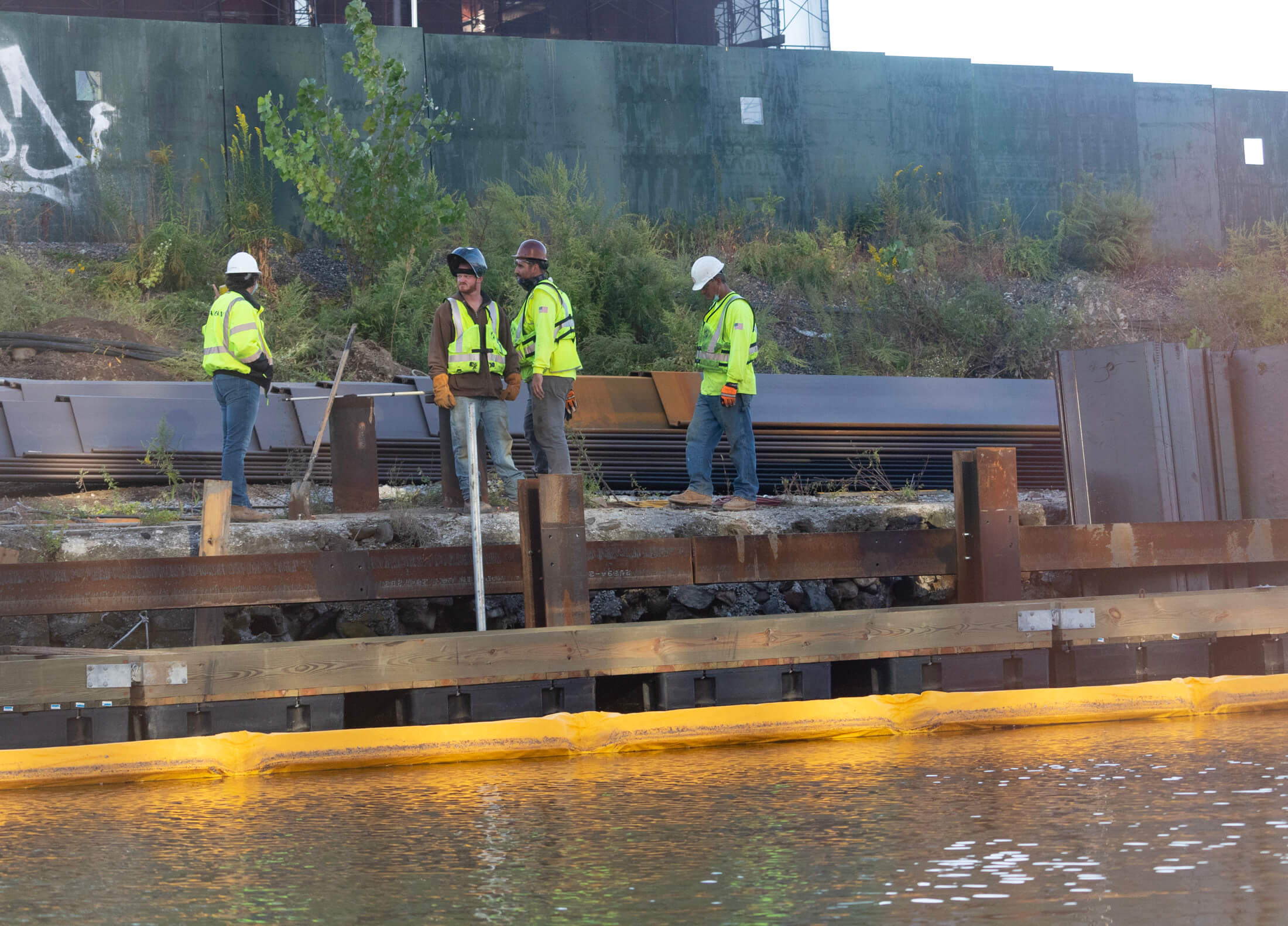
The launch comes 10 years after EPA designated the Gowanus a Superfund site in 2010 following fierce battles with the then-mayor Michael Bloomberg, who opposed the federal intervention, fearing it would scare off $400 million in anticipated residential development.
A decade later, the feds are here to stay and the city once again is eyeing residential development with a proposed neighborhood-wide rezoning for Gowanus slated to go through public review starting early next year.
Area Congresswoman Nydia Velazquez praised the community’s unyielding activism to push Washington to take over the site, saying it was the only way to remediate more than a century of industrial pollution.
“This is happening because of you, your activism, your commitment to fight for a cleaner environment because our communities and our children deserve better,” Velazquez said. “Some in the real estate community thought that the designation would disincentivize people from coming in, and that was so wrong.”
After the designation and years of preparation, EPA ran a pilot project to test the dredging methods along the 4th Street Turning Basin in 2018, pulling out some 17,000 cubic yards of contaminated sediment from that offshoot of the canal.
The project is likely to last at least another decade to scrub the entire 1.8-mile canal of more than a dozen contaminants, including polycyclic aromatic hydrocarbons, polychlorinated biphenyls and heavy metals, such as mercury, lead and copper.
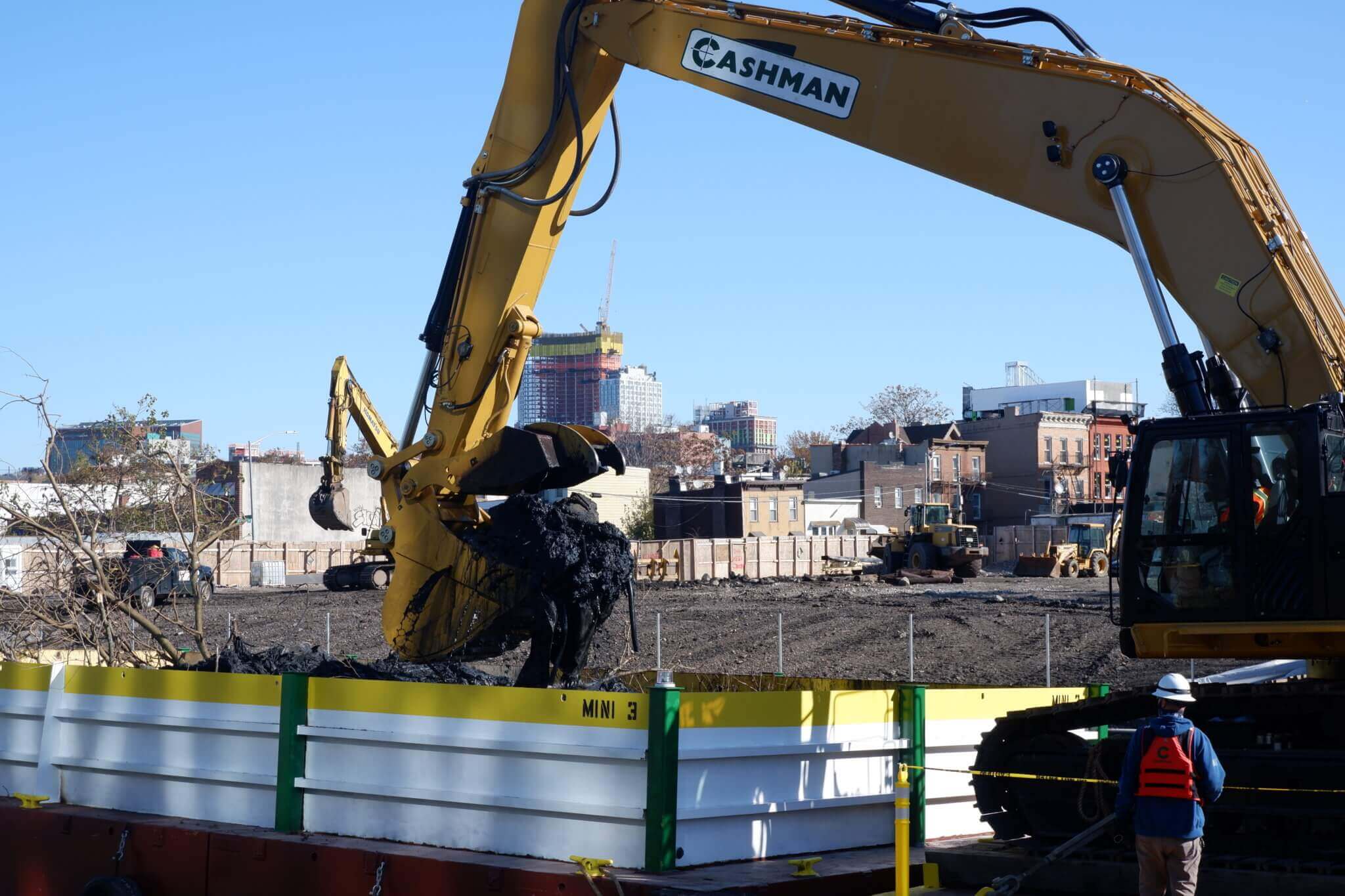
Contractors will dredge most of the sediment before stabilizing the remnants by injecting concrete and capping it with a protective layer.
On top of that, more than 360 million gallons of raw sewage and stormwater runoff flush into the canal during heavy rain annually, so the EPA has separately tasked the city’s Department of Environmental Protection with building two massive stormwater retention tanks to reduce the amount of pollution from so-called combined sewer overflows.
Uncle Sam has accused the city of violating several federal orders by delaying progress on the two catch basins, after Big Apple bureaucrats recently asked for an extension of up to 18 months due to COVID-19-related budget shortfalls.
EPA denied that request, warning that the delay could cost city taxpayers $62 million in additional cleanup after capping and could also risk damaging the protective layers.
The agency still plans to meet with its city counterparts to hash out a new schedule to get the tanks built by the same time the dredging wraps up, but Lopez said the feds would be willing to go to court if the city’s Department of Environmental Protection continues to delay progress.
“Certainly no one wants to be at a point where we’re litigating and seeking court action and putting punitive penalties on them [but] that is possible because we have the weight of the law, the federal Superfund law and ultimately they need to comply,” Lopez told Brooklyn Paper. “We’d rather not do that, we’d rather work with them as willing partners with open minds and open hearts and just proceed, because it’s the right thing to do.”
Editor’s note: A version of this story originally ran in Brooklyn Paper. Click here to see the original story.
Related Stories
- What Exactly Is the Black Mayonnaise at the Bottom of the Gowanus Canal?
- EPA Concerned About How Gowanus Rezoning Could Negatively Affect Canal Cleanup
- New Construction Timeline Slips Completion of Gowanus Tank and Head House Project to 2032
Sign up for amNY’s COVID-19 newsletter to stay up to date on the latest coronavirus news throughout New York City. Email tips@brownstoner.com with further comments, questions or tips. Follow Brownstoner on Twitter and Instagram, and like us on Facebook.

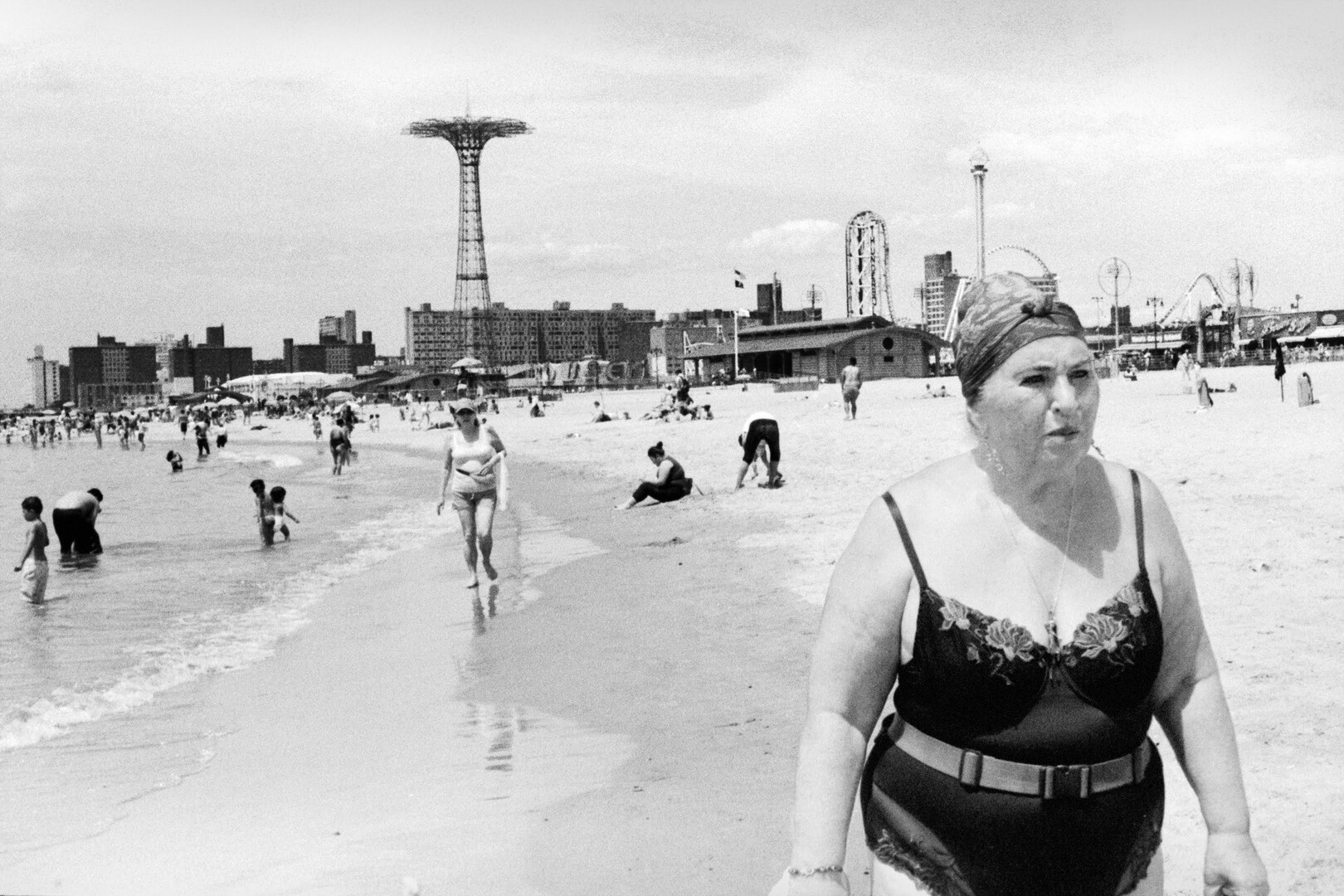

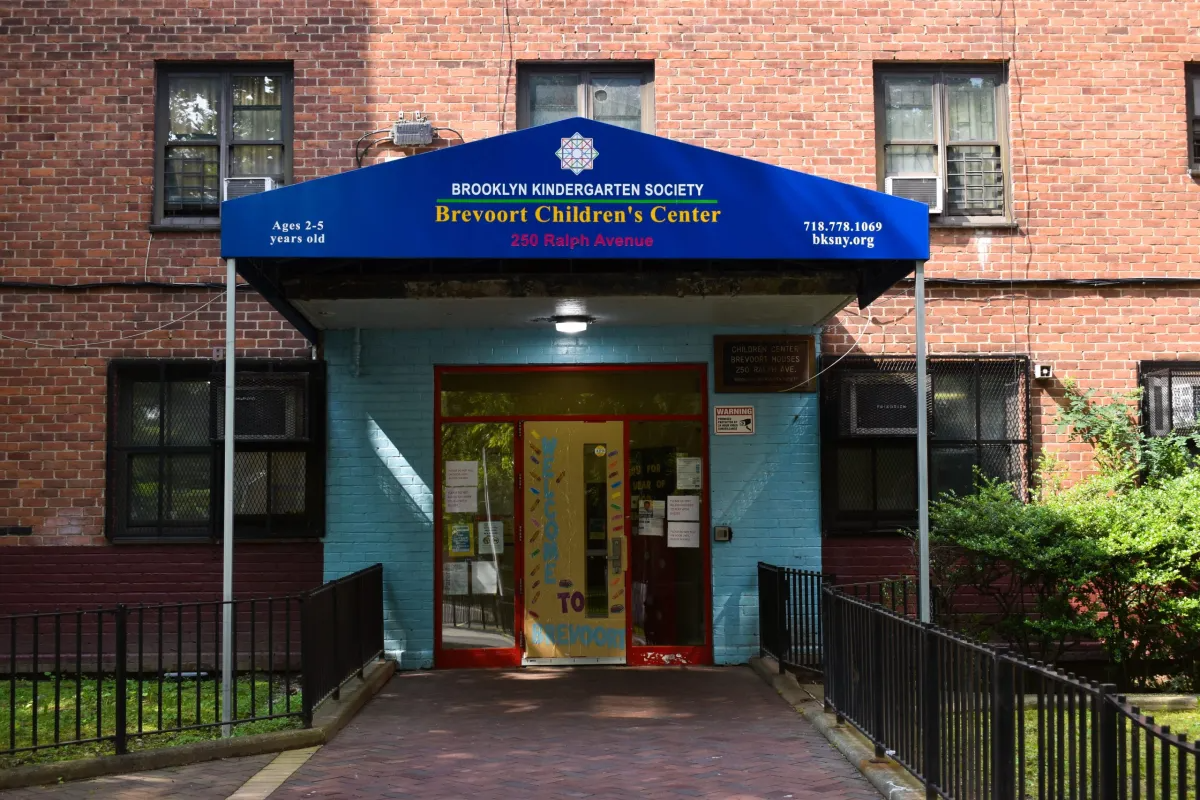
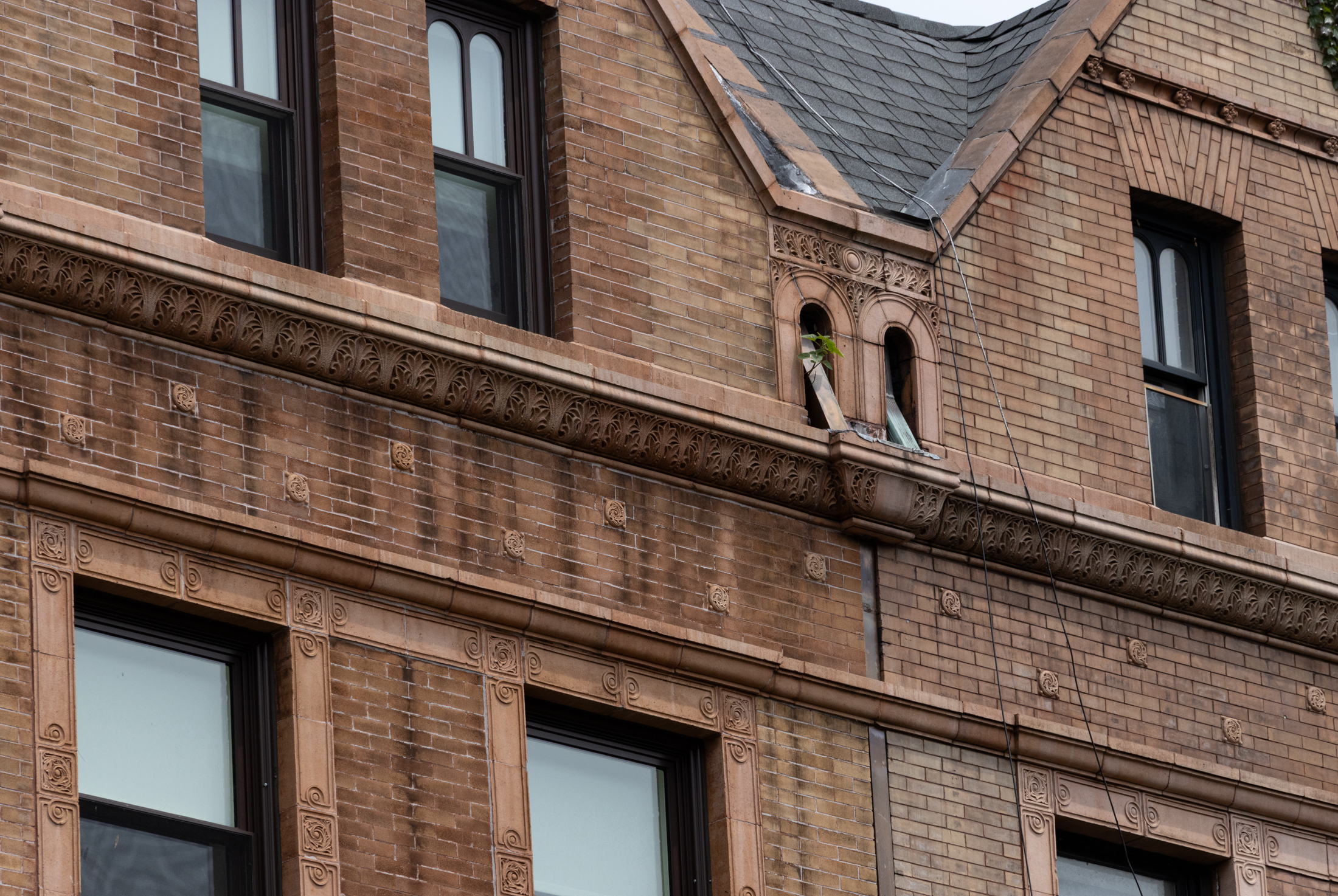
What's Your Take? Leave a Comment